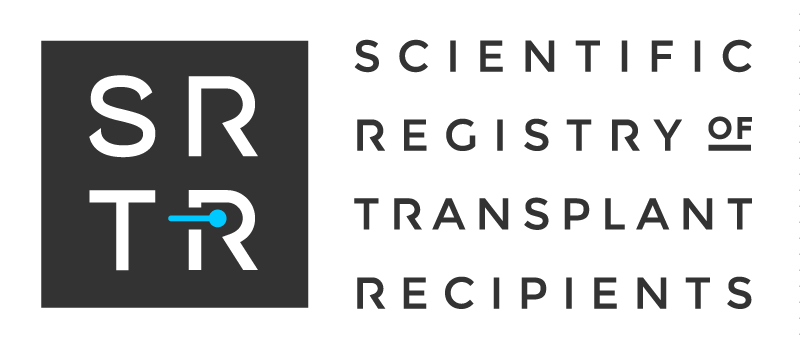Comparing Transplant Programs
What key aspects do I look for?
SRTR provides many metrics describing transplant programs. We hope patients and their families will find these metrics helpful in making decisions about which program to choose. However, SRTR cannot provide detailed information specific to individual patients. We encourage you to use SRTR data to gain a broad understanding of a program’s trends and outcomes, and to communicate with a program that interests you to learn if it would be the right place for you to undergo transplant based on your needs and preferences. Below we describe how SRTR can provide a broad understanding of transplant programs.
How can SRTR help you compare transplant programs?
Searching for a transplant program
Most patients seeking information about transplant programs are interested in one specific type of transplant: heart, intestine, kidney, liver, lung, or pancreas. Some hospitals that have transplant programs may transplant any of these organs, but some may transplant only kidneys. For this reason, SRTR lists transplant programs by transplant type.
To begin your search, use the search box at the top of the page and choose a specific transplant type. You may also enter a program name or a postal (ZIP) code if you want to search for a specific program or by a specific location. If you do not know a program's full name, enter a partial name. If you enter a ZIP code, only programs within 50 miles of the center of the ZIP code will be displayed (you may increase this distance up to 750 miles.)

Understanding the search results
If you did not limit your search by postal code or program name:
If you choose a transplant type but do not further limit your search by a program name or postal (ZIP) code, the search results will show all hospitals in the country offering that type of transplant.* By default, results are presented for adult transplant programs and are sorted by the program's Outcome Assessment, with programs with better than expected outcomes appearing first, then by Transplant Volume. You may choose to view results for pediatric programs, to sort results by transplant volume or transplant rate, or to further refine your search results as described below. The "Distance" column of the search results will show N/A if a geographic location was not specified in the search.
*SRTR includes only programs that have at least one patient to report on in the various tables and figures in the program-specific reports. If a hospital has an approved transplant program, but the program has no patients to report on during the timeframe covered by the reports, it will not appear in the search results. Refer to the OPTN member list for a comprehensive list of transplant programs.
If you limited your search by postal code or program name:
If you limit your search by a postal (ZIP) code, only programs within 50 miles of the ZIP code are shown. You can choose to expand the search area up to 750 miles. By default, results are presented for adult transplant programs and are sorted by the program's Outcome Assessment, with programs with better than expected outcomes appearing first, then by Transplant Volume. You may choose to sort the results by distance from the ZIP code, or by transplant volume or transplant rate.
If you limit your search by a program name or partial name, only programs matching the name are shown. If more than one program matches, all programs will be shown; for example, entering the word "mayo" will return all programs with the word "mayo" in the name. The program names that SRTR uses are taken directly from the OPTN member list. Each transplant program can be identified by a unique four-character program code, which can also be found on the OPTN member list. You may also search by this four-character program code, which will take you directly to the program's report.
Filtering the search results
You may choose to further refine your search by program name, by distance from a particular ZIP code, by state, or by adult or pediatric designation. To filter your search results by any of these factors, choose the appropriate factors in the filters (shown below) and click the Update button.

Comparing programs
When you search for a transplant program, the search results will return a list of programs that are filtered and sorted according to your preferences as described above. For more detailed information about a program, click on the View Summary Data link found under the program's name in the search results, or you may view the full This report details many aspects of the program, including information about patients on its waiting list and patients who have undergone transplant there. We encourage you to review this information to learn more about the program.
By default, the search results sort by the outcome assessment, then by transplant volume. Other factors may be more important to you in comparing transplant programs. For example, you may want to identify a program with a high transplant rate, or a program that performs more rather than fewer transplants. You may sort the search results by these other metrics to identify programs according to your needs. However, metrics presented in these search results are calculated for all patients at the program and may not represent your particular needs. We encourage you to discuss these results with your care team to identify a transplant program that best suits your individual circumstances.
We hope these data are helpful to you. If you have questions that we can help with, please contact us.
